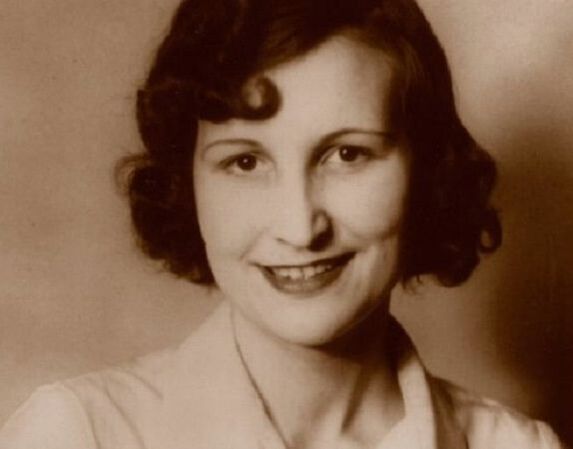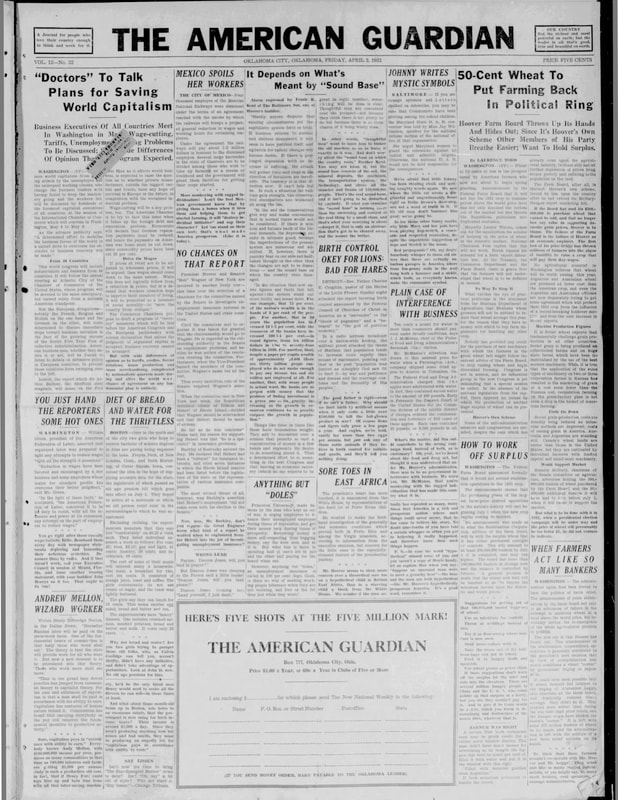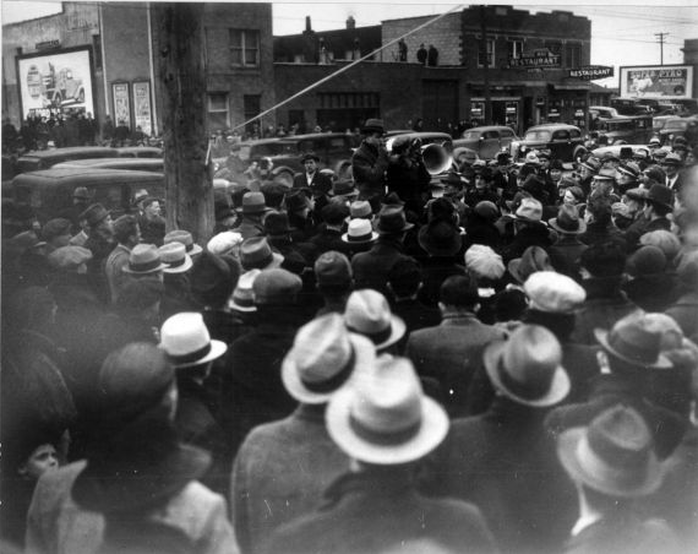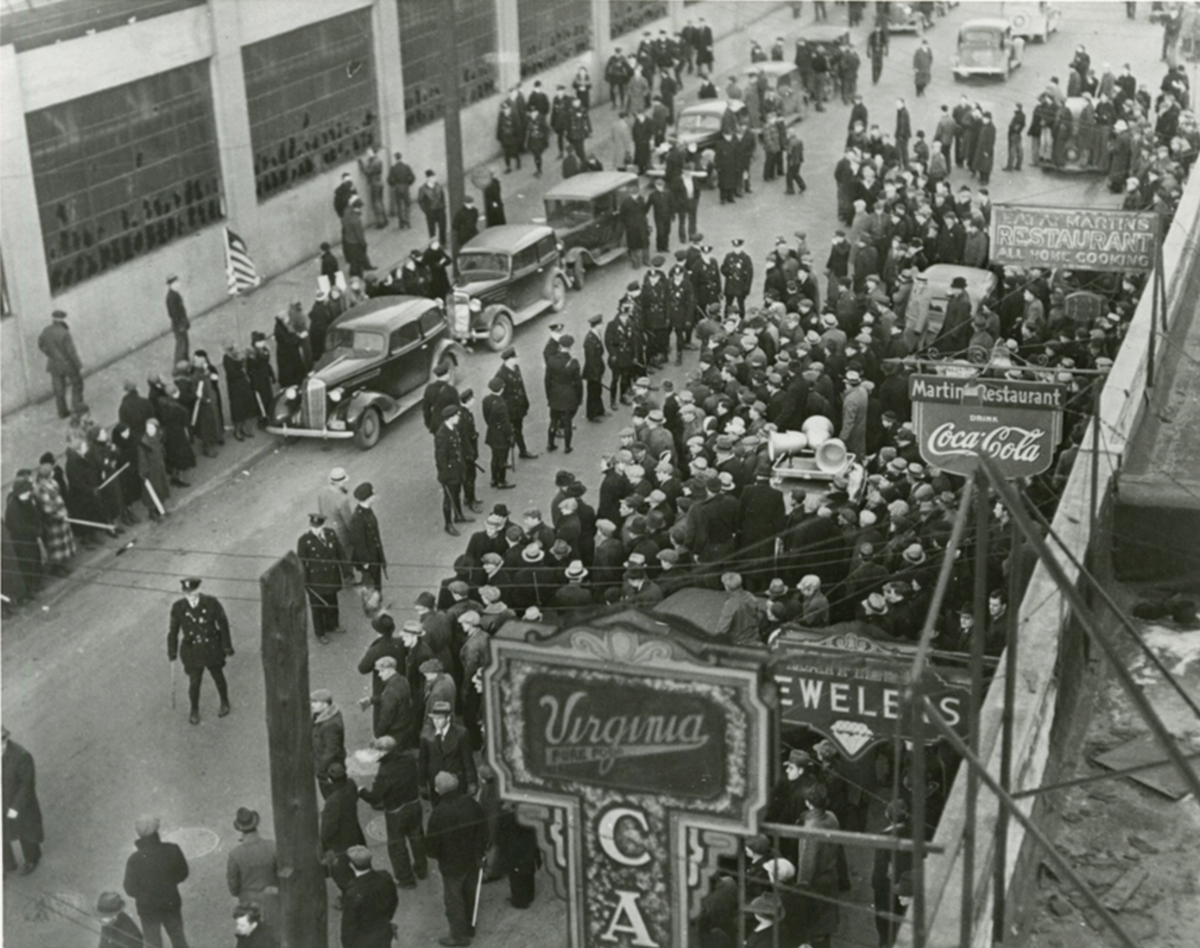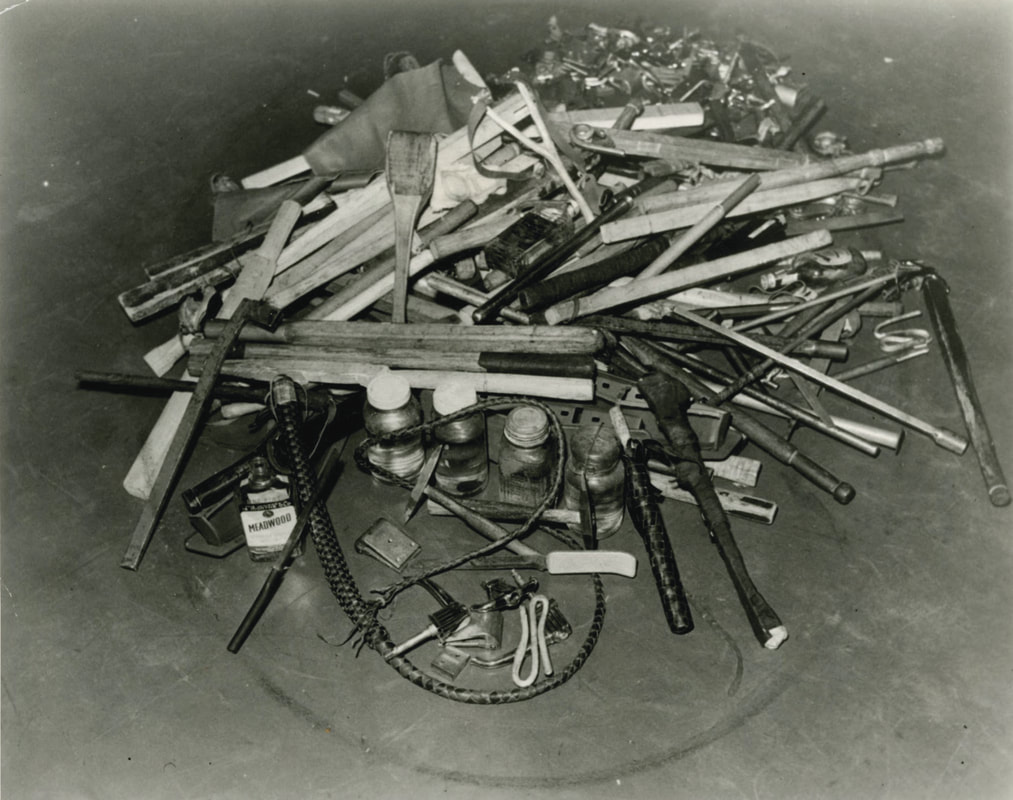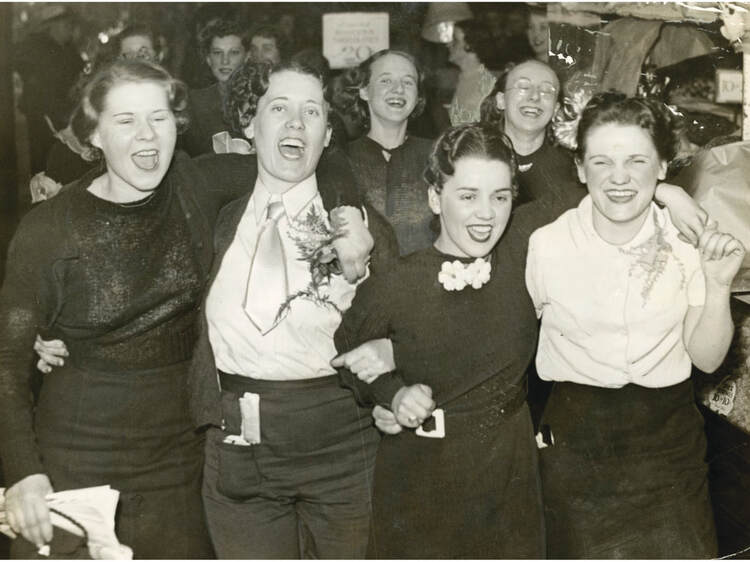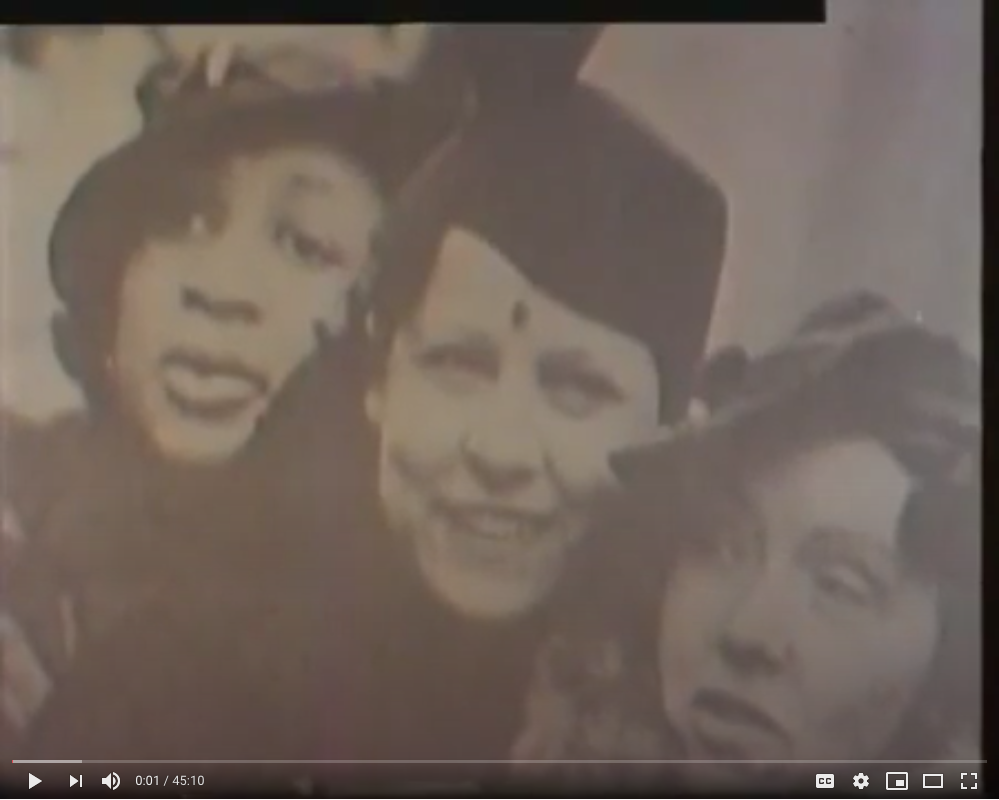Genora Johnson Dollinger
|
The Joan of Arc of Labor Genora (Johnson) Dollinger came from a prosperous background, as a young woman she established the Flint Chapter of the Socialist Party and became one of the organizers of not only the Sit-Down Strike, but the all-female paramilitary force known as the Emergency Brigade. |
